In Modern Sports Science, the Key Role of the Foot in Athletic Performance
In modern sports science, the foot is considered the foundational element of athletic performance. As the part of the body that bears weight and absorbs impact during movement, foot health is directly linked to an athlete's performance and overall well-being. However, due to the complex structure of the foot and significant individual variability, traditional analysis and intervention methods often struggle to comprehensively and accurately evaluate foot-related issues. The emergence of the 3D foot scanner, a high-tech tool equipped with precise 3D modeling and data analysis capabilities, provides significant support in diagnosing foot problems and enhancing athletic performance.
The Impact of Foot Problems on Athletic Performance
During sports activities, the foot not only absorbs ground impact forces but also stabilizes the body’s center of gravity and generates propulsion. When foot structure issues arise, they can negatively affect athletic performance in the following ways:
Gait Abnormalities
Anatomical issues such as flat feet or high arches alter plantar pressure distribution, leading to uneven gait patterns and increased strain on muscles and joints, thereby reducing athletic efficiency.Sports Injuries
Foot problems can lead to common sports injuries, such as plantar fasciitis, Achilles tendinitis, and stress fractures. These injuries not only impair performance but may also result in long-term health complications.Reduced Power Output
As a key source of propulsion, any dysfunction in the foot can diminish its ability to generate force, adversely affecting movements like jumping, running, and other dynamic actions.
Advantages of 3D Foot Scanners
Accurate Foot Morphology Measurement
Using laser or structured light projection technology, 3D foot scanners capture dense point cloud data of the foot to create high-resolution 3D models. These models accurately reflect anatomical features such as foot length, width, arch height, and toe spacing, providing a scientific foundation for comprehensive foot problem analysis.Dynamic Plantar Pressure Distribution Analysis
Advanced 3D scanning systems can integrate dynamic plantar pressure distribution testing, capturing real-time pressure changes during movement. These dynamic data complement static measurements, helping to identify subtle issues that may otherwise go unnoticed.Non-Invasive and Efficient
The scanning process is rapid, non-invasive, and poses no discomfort to the athlete’s feet. Additionally, it can be completed in seconds, making it ideal for quick assessments before and after high-intensity training or competition.
In-Depth Analysis of Foot Problems
The data collected by 3D foot scanners enable sports scientists and medical professionals to conduct thorough analyses of various foot issues:
Plantar Pressure Abnormalities
Scanners can detect uneven plantar pressure distribution, identify areas of high pressure, and evaluate their potential impact on performance. For instance, excessive pressure on the metatarsal heads may lead to metatarsalgia, while excessive heel pressure may contribute to Achilles tendinitis.Gait Deviations
By combining gait analysis functionality, the scanner can identify anomalies during the gait cycle, such as overpronation or supination. These insights provide scientific support for optimizing movement patterns and correcting poor gait mechanics.Anatomical Abnormalities
The scanning data clearly display arch height and toe alignment, helping identify conditions like flat feet, high arches, or hammer toes. These issues are often underlying causes of injuries among athletes.
Solutions for Enhancing Athletic Performance
Custom Orthotic Insoles
Insoles designed based on 3D scanning data can be tailored to an athlete's foot morphology, offering additional support and cushioning. These custom insoles not only alleviate discomfort but also optimize plantar pressure distribution, improving force transfer efficiency.Movement Pattern Optimization
By analyzing gait and pressure distribution data, coaches and athletes can identify suboptimal movement patterns and implement targeted training adjustments. For example, reducing overpronation may lower the risk of knee and ankle injuries.Improved Sports Equipment
3D scanning data provides valuable input for sports shoe design. Manufacturers can optimize outsole curvature and support structures based on the data, creating footwear that fits better and enhances athletic performance.
Injury Prevention and Rehabilitation
Preventive Assessments
Regular foot scans enable the early detection of potential problems, allowing for timely preventive measures. For example, identifying areas of abnormal pressure distribution can prompt changes in training plans or footwear to reduce injury risks.Personalized Rehabilitation Plans
For athletes recovering from foot injuries, 3D scanning data aids medical teams in designing precise rehabilitation plans. These may include custom orthotic insoles, modified training routines, or appropriate therapeutic interventions.
Applications
Professional Sports Teams
Many professional teams have integrated 3D foot scanning technology into their daily training and competition management systems. Dynamic data analysis allows coaching staff to comprehensively monitor athletes' foot health and tailor training plans accordingly.Sports Footwear Manufacturers
High-end sports footwear brands leverage 3D scanning technology to provide custom shoe services for professional athletes. For instance, sprint shoes can be designed to match an athlete’s arch height and pressure distribution for optimal support and performance.Amateur Sports Enthusiasts
The growing accessibility of 3D scanners allows recreational athletes to benefit from high-tech support. Many sports medicine clinics and fitness centers offer foot scanning services to help users select suitable footwear and training programs.
Future Prospects
With continuous advancements in 3D foot scanning technology, its applications in sports science are expected to expand. In the future, portable scanning devices and cloud-based data analysis systems will enable more efficient and convenient foot assessments. Additionally, integrating artificial intelligence may allow scanners to provide real-time diagnoses and improvement suggestions, offering comprehensive support for enhancing athletic performance.
In summary, 3D foot scanners are revolutionizing the understanding of foot health and its impact on athletic performance. Through precise data collection, personalized solutions, and intelligent feedback, these technologies are setting new benchmarks for sports science, injury prevention, and performance optimization. With ongoing innovation, the integration of technology and sports science will continue to unlock new potential in the pursuit of athletic excellence.

 +86-0755-86131192
+86-0755-86131192 2025-01-03
2025-01-03 Back to list
Back to list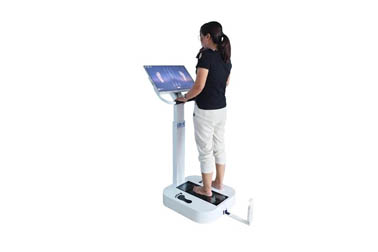
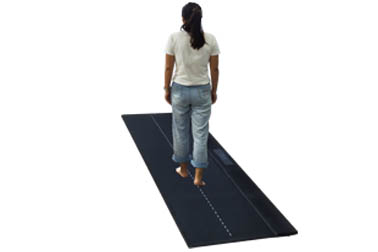
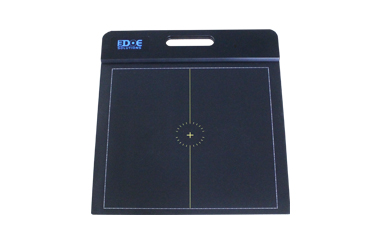
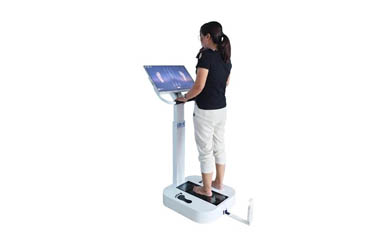
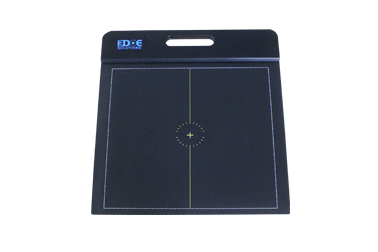
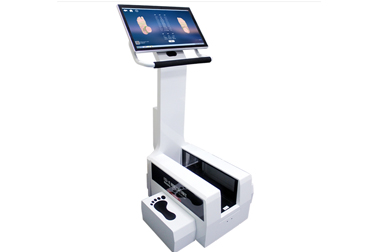



 +86-0755-86131192
+86-0755-86131192